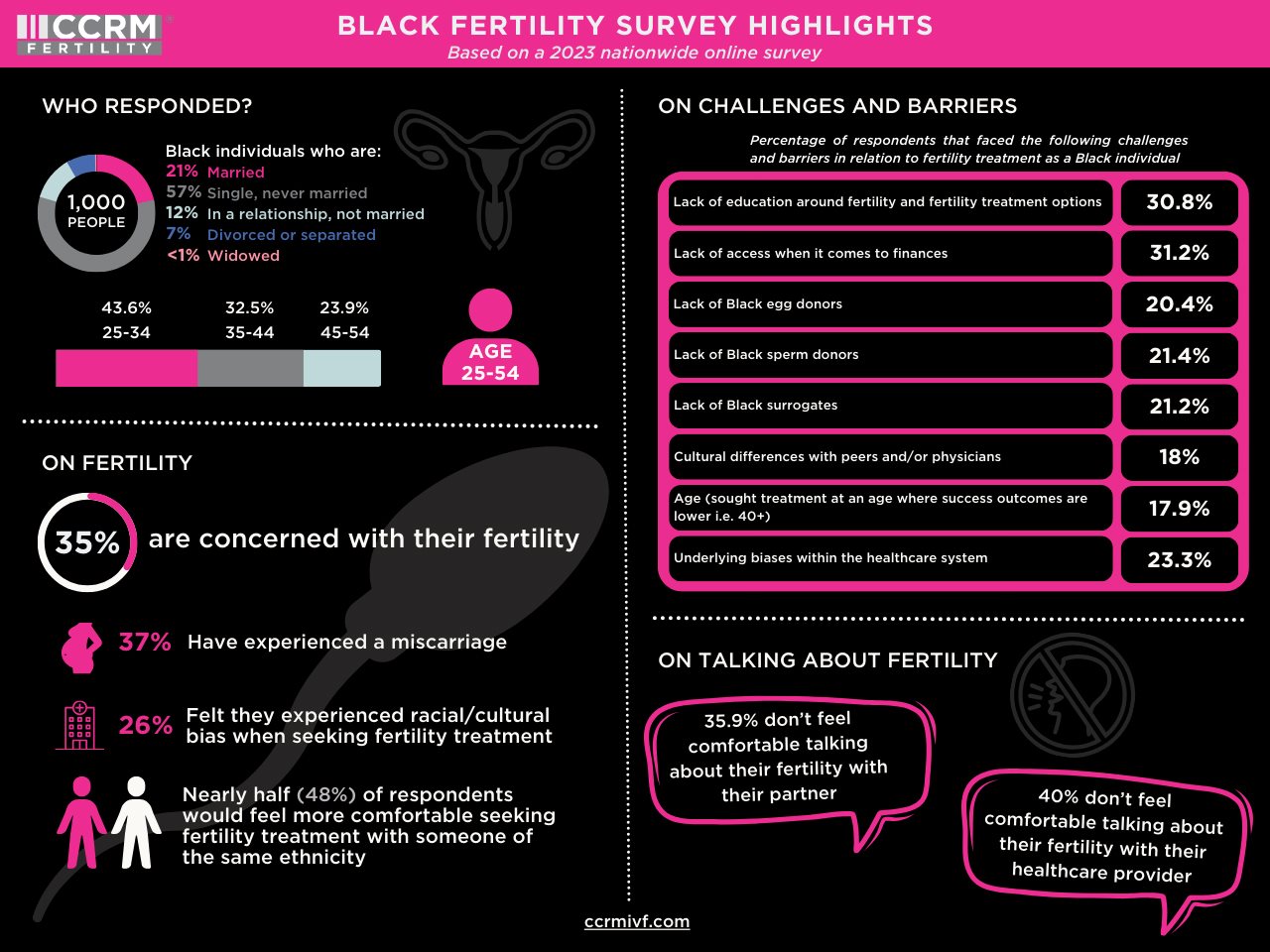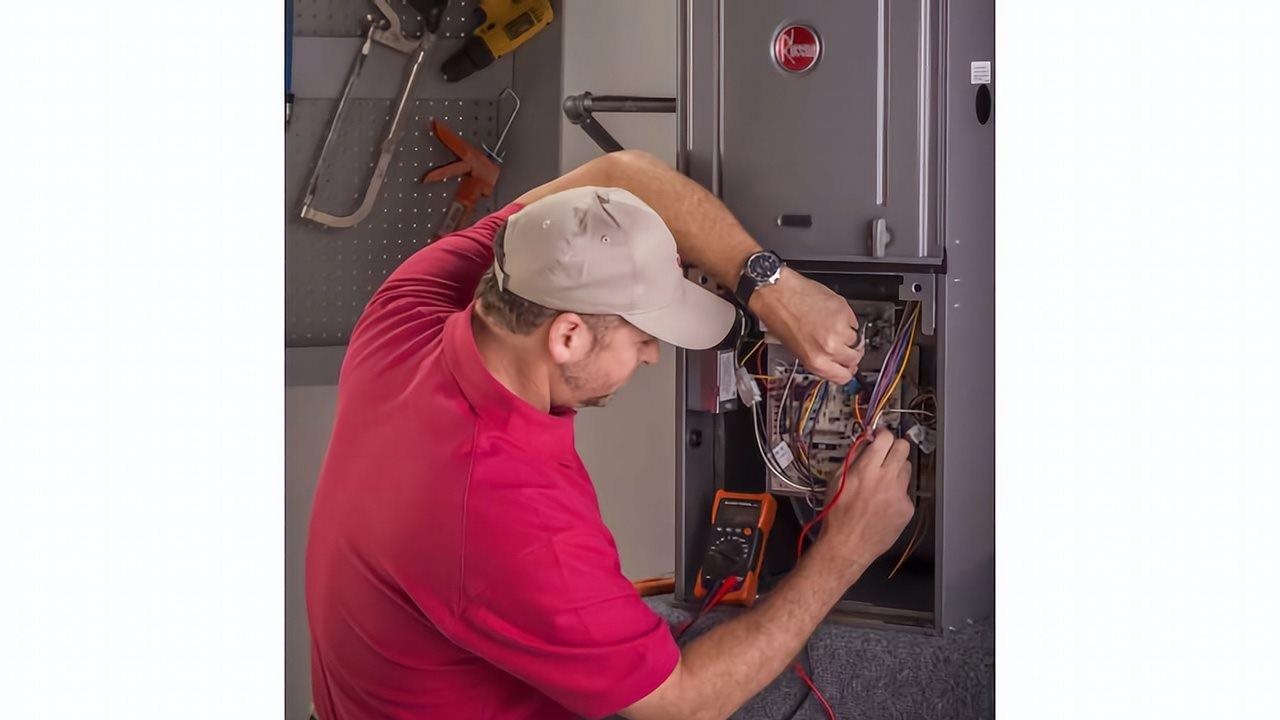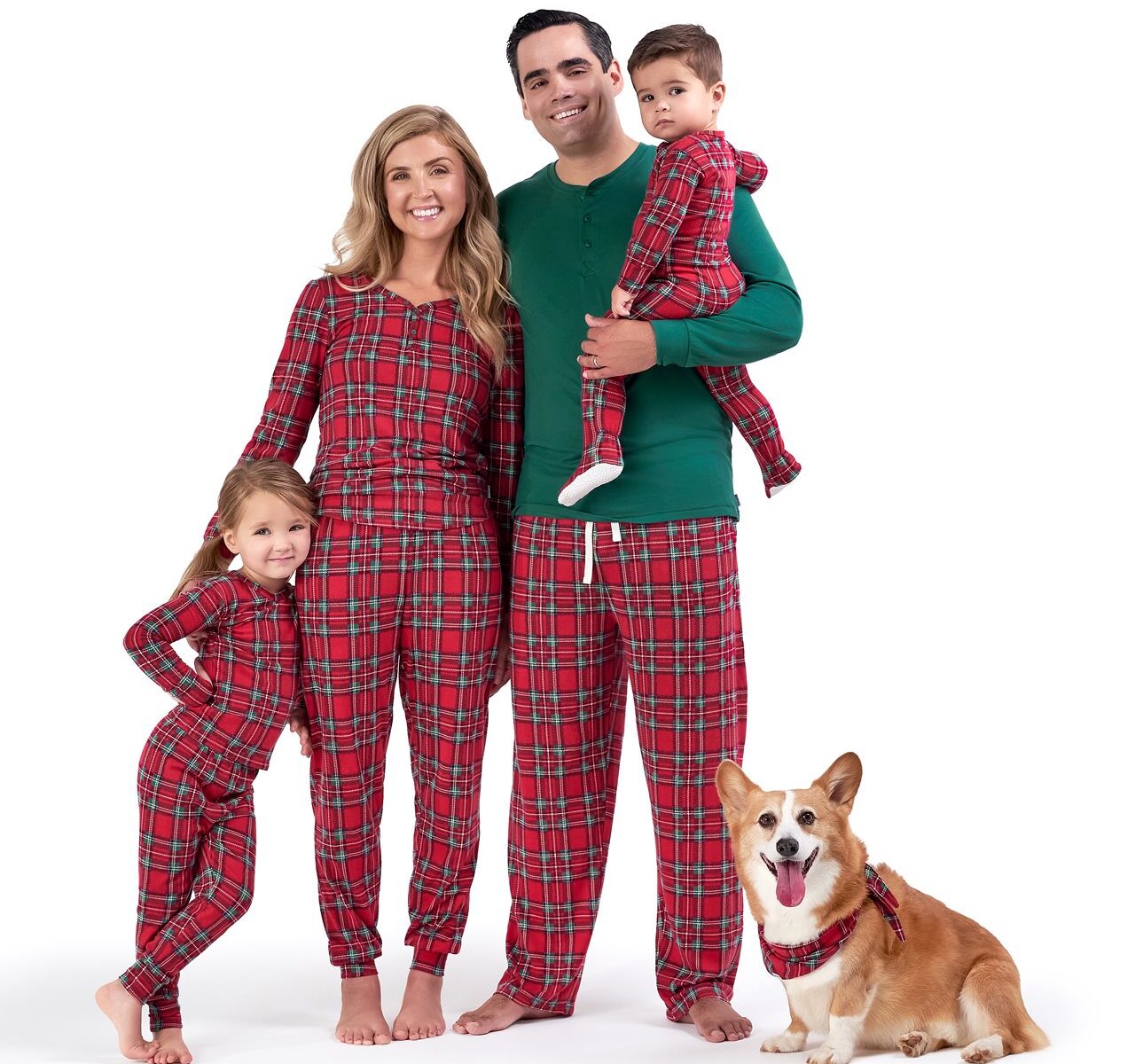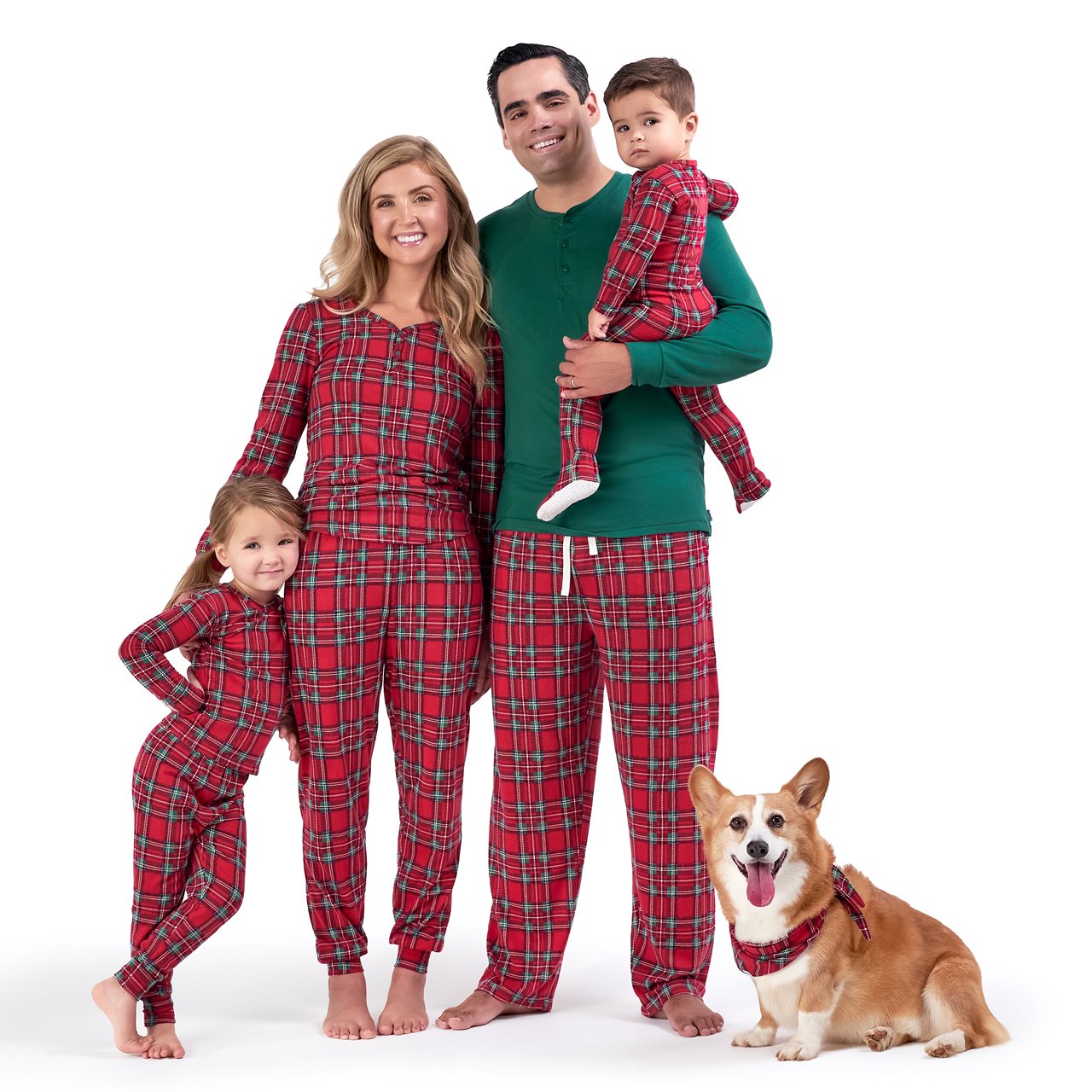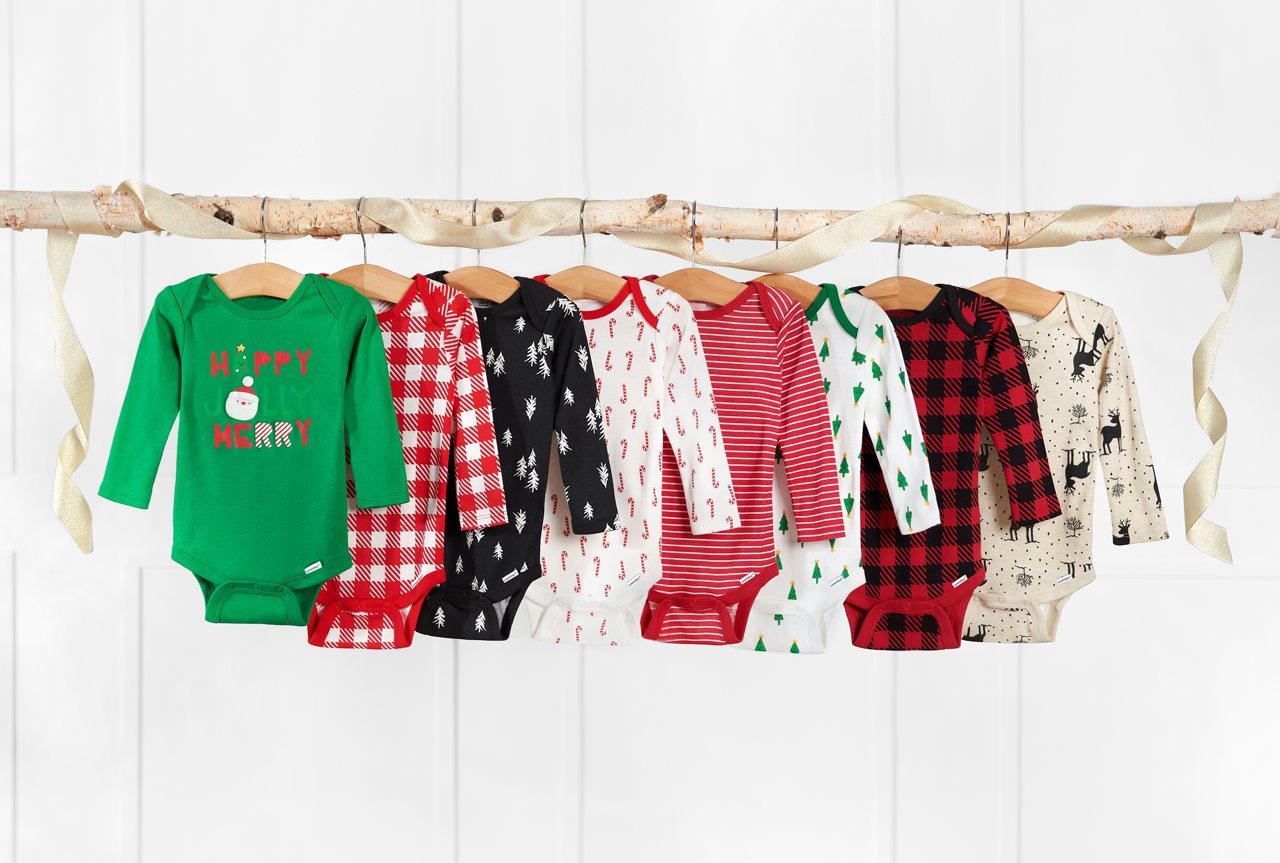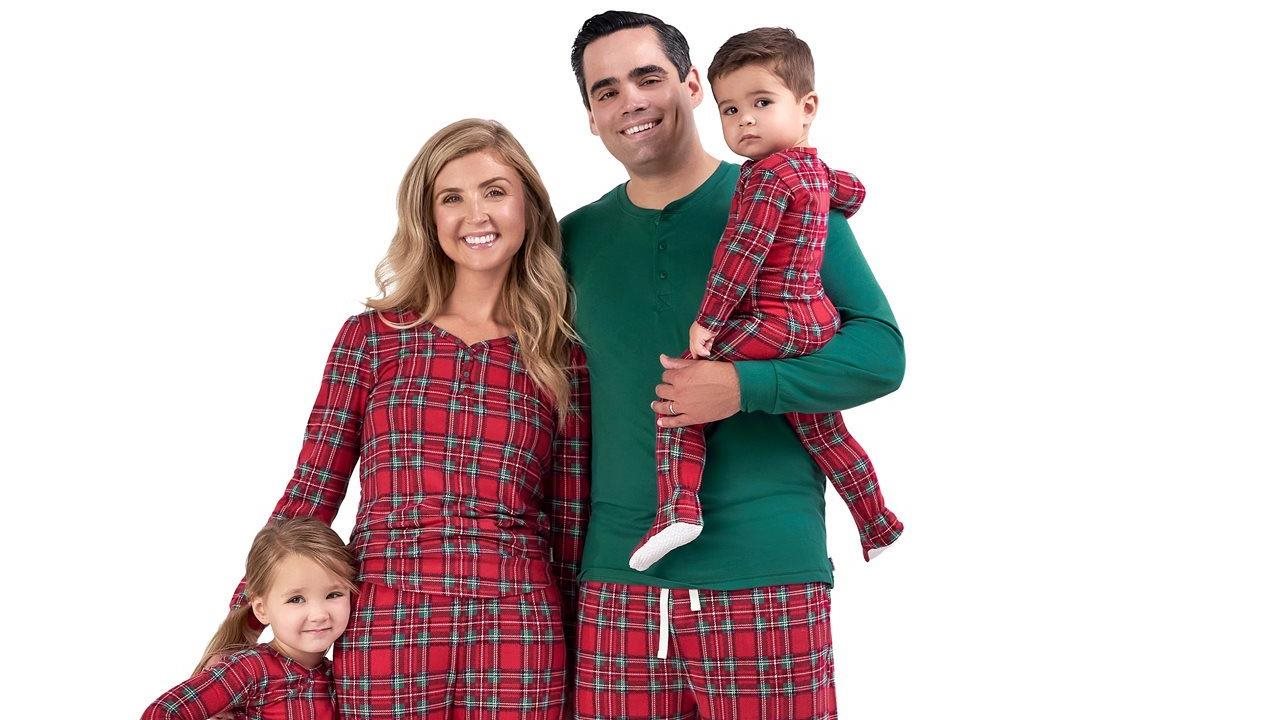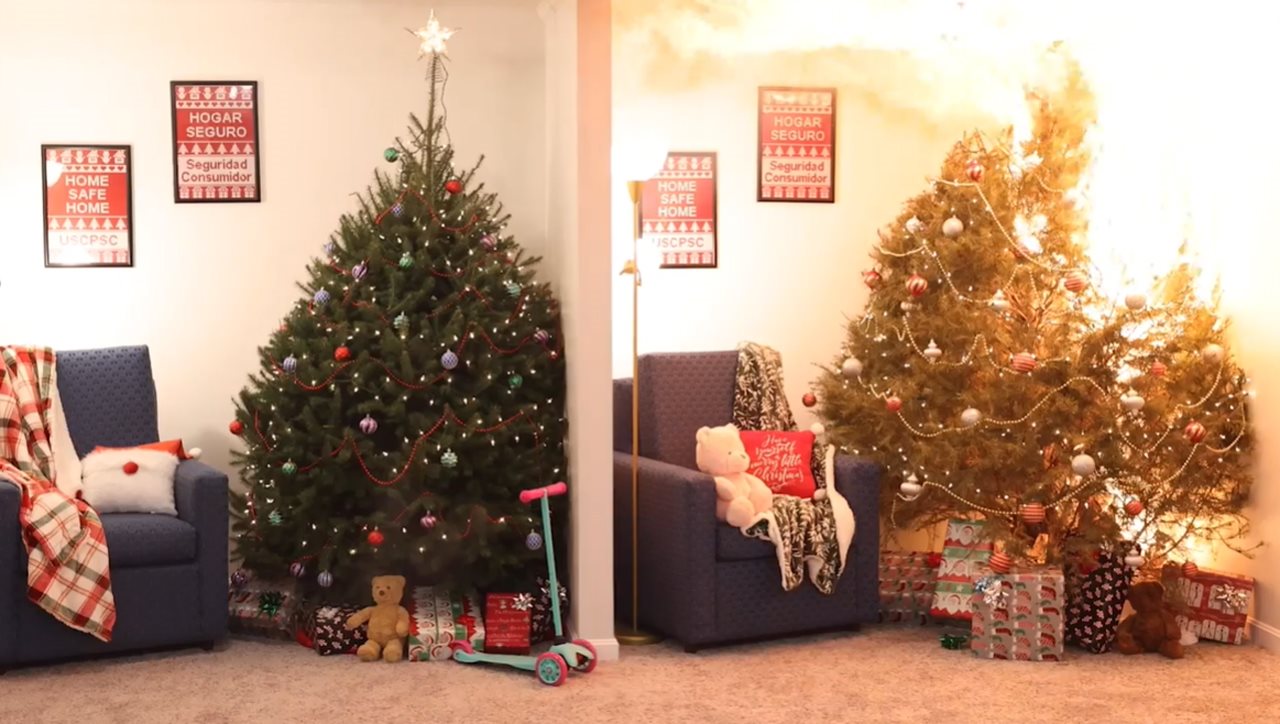2023-11-27T13:01:00
(BPT) – Planning a trip to Southern California? You could visit well-known cities like Los Angeles and San Diego … or stay in a city where you’ll have many cultural excursions at your fingertips.
Costa Mesa, located in the heart of Orange County, is a cultural epicenter that locals from surrounding cities flock to for unforgettable events, arts experiences, a diverse shopping scene and culinary creativity. It’s hard to believe the metropolitan city used to be a farming town and is a short 10-minute drive to the Pacific Ocean.
Costa Mesa’s dynamic charm is no accident. It’s a natural product of its seven diverse neighborhoods steeped in Latino/Hispanic heritage and home to many pockets of other cultural groups. United, these neighborhoods create the rich cultural fabric that defines the city that solo travelers, couples, digital nomads and families can all enjoy.
1. Mesa Verde
Mesa Verde is a residential neighborhood, but don’t let that fool you. It’s home to SoCo (South Coast Collection) and The OC Mix, an innovative shopping center of over 70 showrooms, restaurants, artisan foods, boutiques and creative studios. If you visit during the weekend, stop by the SoCo Farmers Market to purchase organic local produce.
Stretch your creativity and unwind at Inspired Art Wine, an art studio, wine bar and gallery where you can take an art class, no experience needed. All classes include a curated wine tasting with delicious food pairings.
2. South Coast Metro
The South Coast Metro area is home to South Coast Plaza, the largest shopping center on the West Coast, attracting over 20 million visitors every year from all over the world. At South Coast Plaza, you’ll find top designers — like Christian Dior, Balenciaga, Gucci and Prada — plus boutiques and popups.
When you need a break from shopping, stop by Collage Culinary Experience, a global dining collective with the best international and local cuisine. There’s also no shortage of cultural events at South Coast Plaza. The shopping destination goes all-out with holiday decorations, and not just for mainstream celebrations. Costa Mesa is home to thriving Asian American communities and hosts cultural events for Lunar New Year.
3. SoBeCa District
The SoBeCa (South Bristol Entertainment and Cultural Arts) District has expanded over the years but remains an epicenter for creative makers and small businesses. In this neighborhood, you’ll find The LAB Anti-Mall and its offshoot, The CAMP, which provide a truly one-of-a-kind shopping experience.
The LAB (Little American Business) combines diverse cultures with its eclectic array of boutique shops, eateries, art shows, poetry readings and musical performances. Across the street, The CAMP eco-friendly shopping center features health-conscious fitness, creative retailers and mindful culinary options.
4. Theater and Arts District
Costa Mesa is known as the “City of the Arts®,” and its heartbeat is located in the Theater and Art District. Whether you want to tour a museum, enjoy a theatrical performance or visit the Costa Mesa Art Walk, you’ll be spoiled for choice!
Take a trip down the Avenue of the Arts, and you’ll find the Arts Campus where Segerstrom Center for the Arts is located. The center hosts traveling Broadway shows, major ballet companies, international dance troupes and celebrated artists. It’s also home to the Pacific Symphony, the Philharmonic Society of Orange County, the Pacific Chorale and the Pacific Symphony, all of which perform at the Renee and Henry Segerstrom Concert Hall. Plus Argyros Plaza hosts free outdoor events throughout the year.
For those who like to mosey through museums, check out the Orange County Museum of Art (OCMA), which recently celebrated its one-year anniversary and houses 4,500 pieces of modern art and rotating exhibitions. Admission to the museum is free.
5. Central
If you’re lucky enough to visit Costa Mesa during the summer, head to the Central neighborhood and enjoy the OC Fair, which delights visitors with a wide array of events, concerts, carnival rides and super-eclectic fair food. If you miss the fair, don’t worry. The OC Fair and Events Center has more than 150 events year-round.
Afterward, head next door to Costa Mesa Skate Park, where skaters of all ages and abilities can shred some pipes.
At night, make your way to Triangle Square, which features delicious restaurants and casual entertainment. Enjoy a flamenco dance performance and a three-course meal at Sevilla!
6. Westside
The Westside is the city’s industrial center. Its warehouses and garages that once housed boat builders and other industrial businesses have since been transformed into exceptional restaurants, art studios and small businesses.
For example, 2145 Eats was once a vacant gas station but now functions as a restaurant and bar, serving seasonal pizzas, salads, small plates and rotating beer and wine. 2145 Eats’ pizza has been voted Best Pizza in OC, owing to Chef Eduardo Salcedo’s innovative Japanese-style dough.
Don’t forget to check out what’s playing at The Wayfarer’s stage, one of Costa Mesa’s best live music venues.
7. Eastside
Instagram influencers can capture stunning new content on the Eastside, one of the hippest neighborhoods in Costa Mesa.
Stop by The Crack Shack (run by Richard Blais, winner of “Top Chef: All-Stars”) and enjoy fried chicken with a gourmet twist. For specialty craft cocktails and creative pub fare, sit down at The Wild Goose Tavern, which offers rabbit andouille and wild boar burgers and sausages.
Interested in wine tasting? Visit Hi-Time Wine Cellars, a family-owned local wine bar and high-end liquor and beer fridge with one of the largest underground wine cellars in the U.S. After you’ve tasted their wares, buy a bottle to take home and commemorate your trip.
Experience Costa Mesa for yourself and see what’s next in this great SoCal overnight destination. To learn more about this vibrant city, visit TravelCostaMesa.com.













